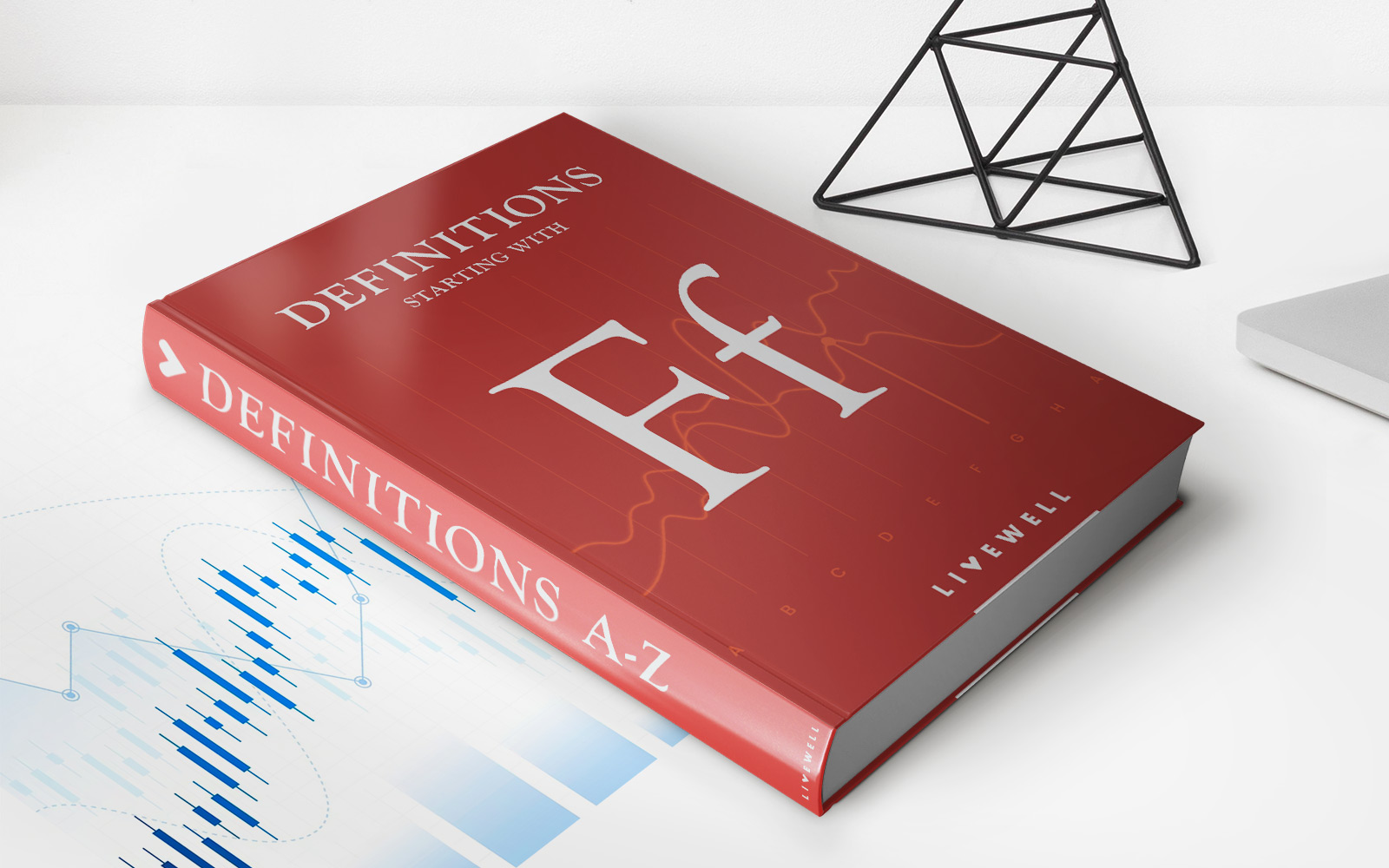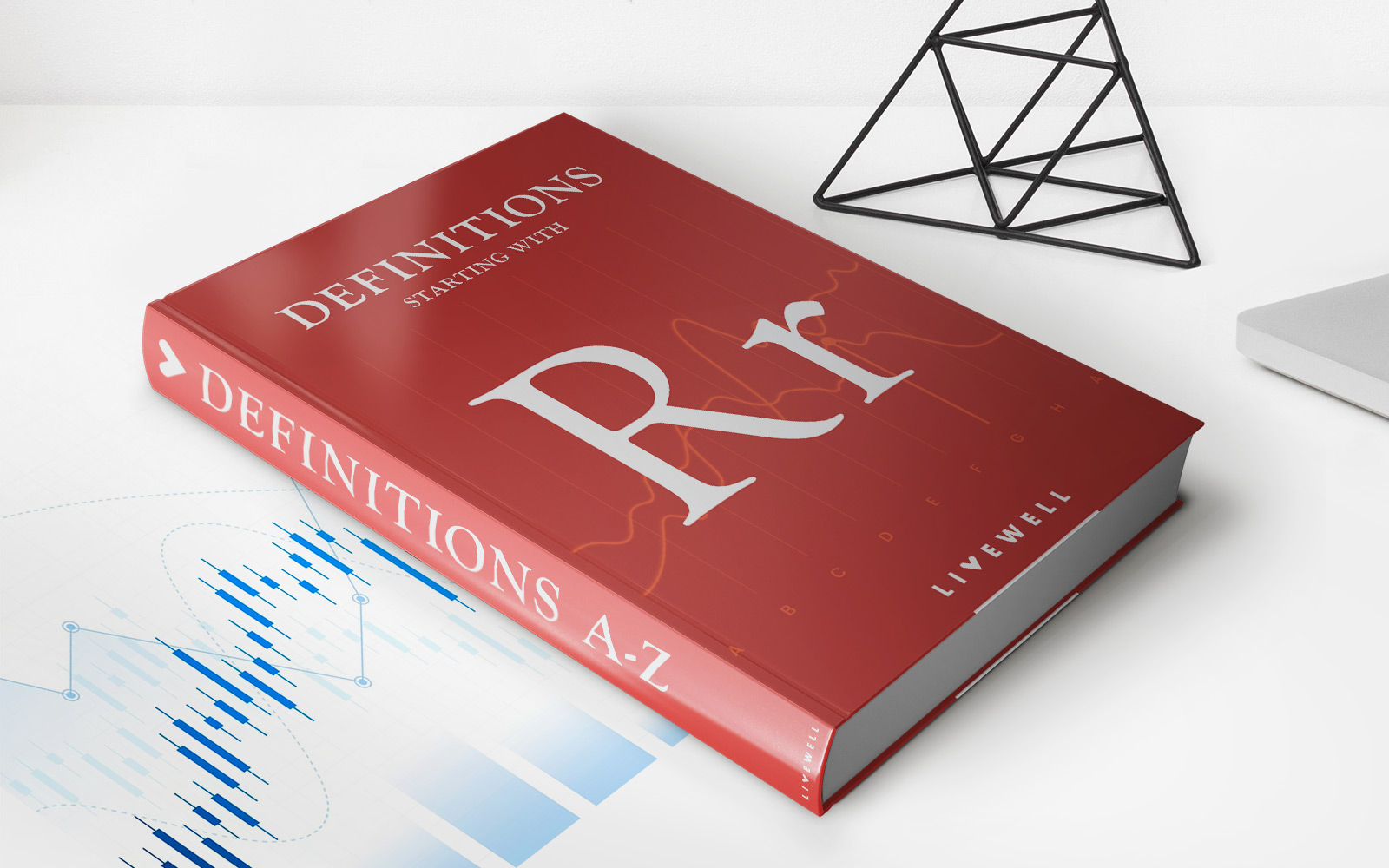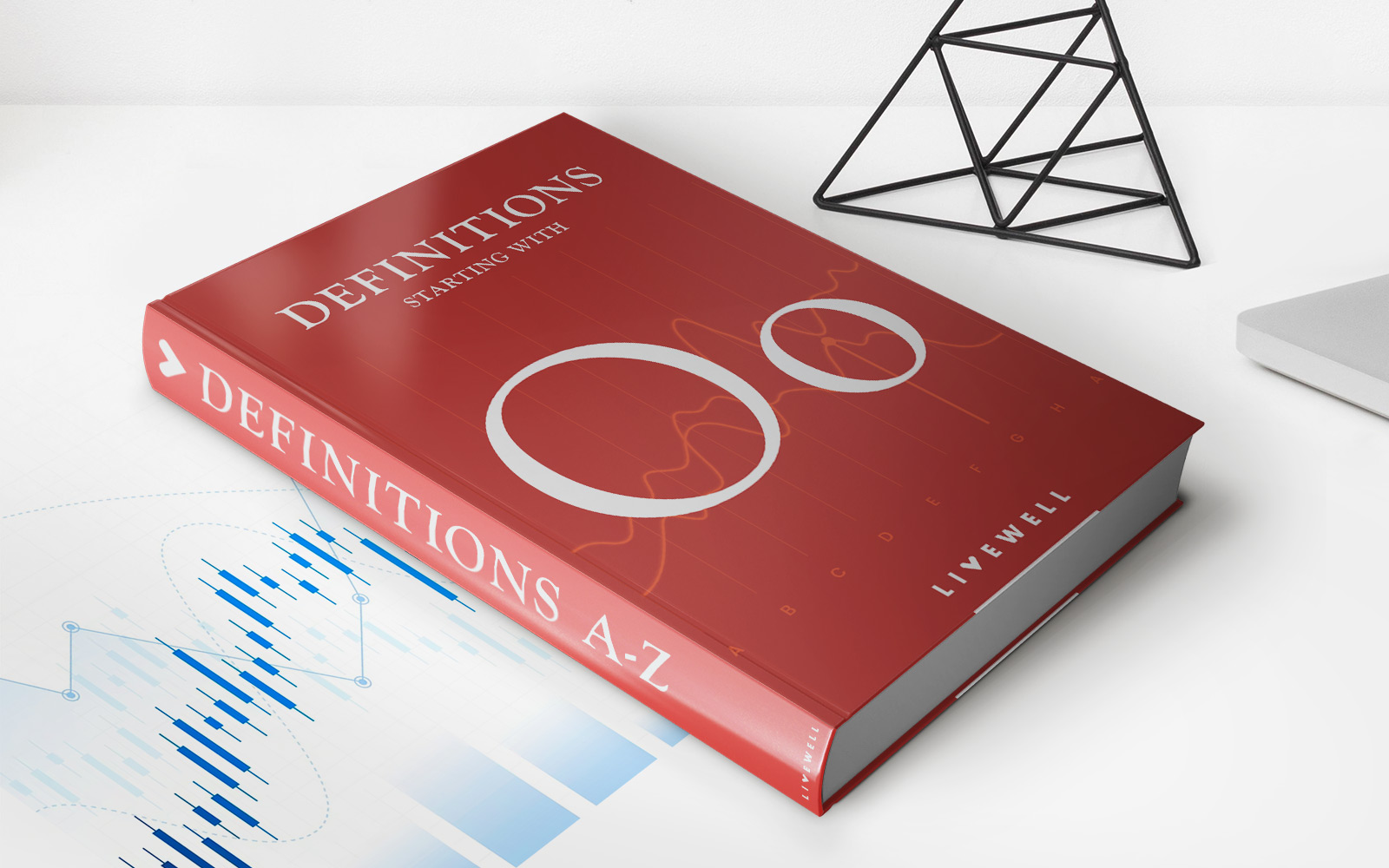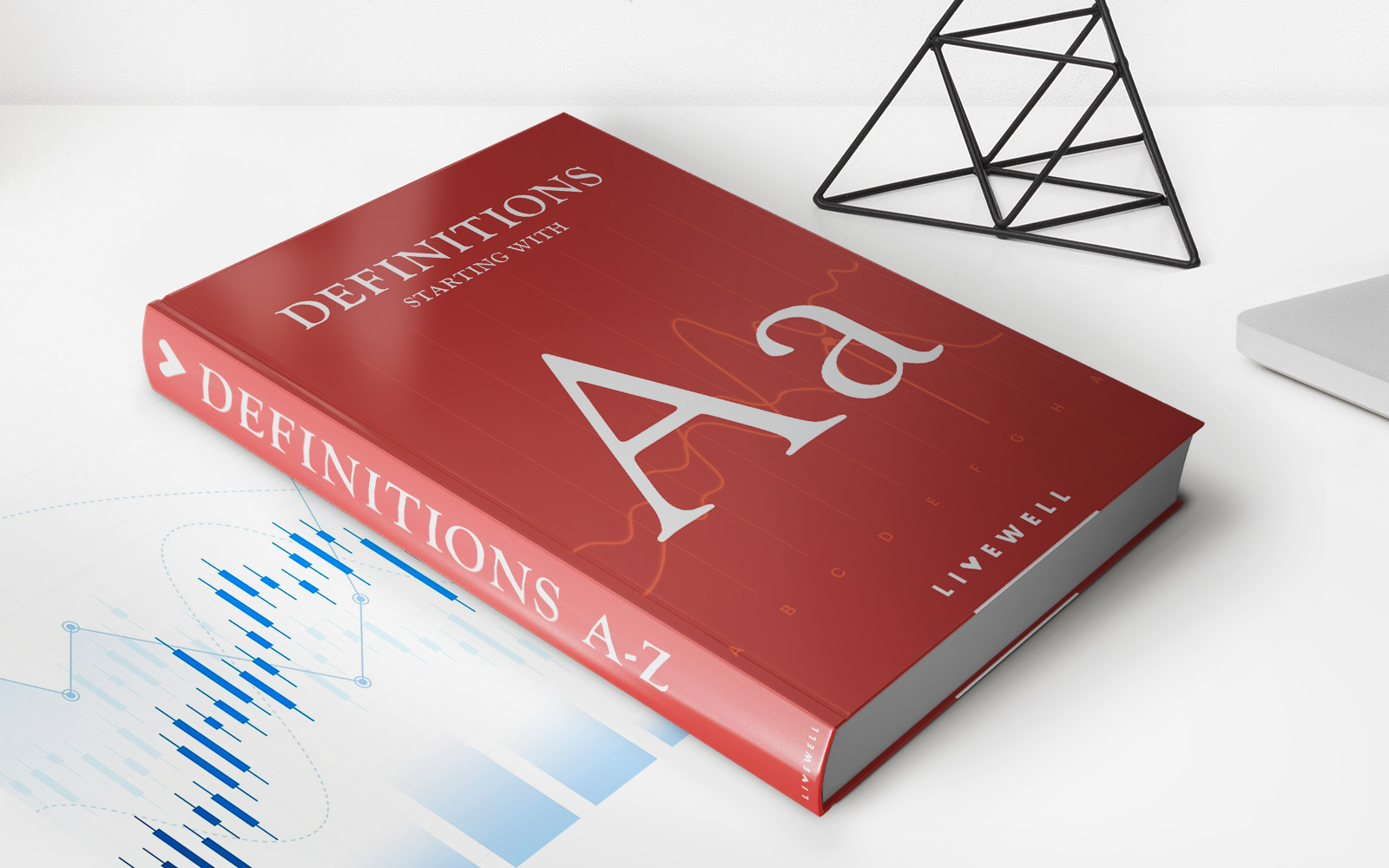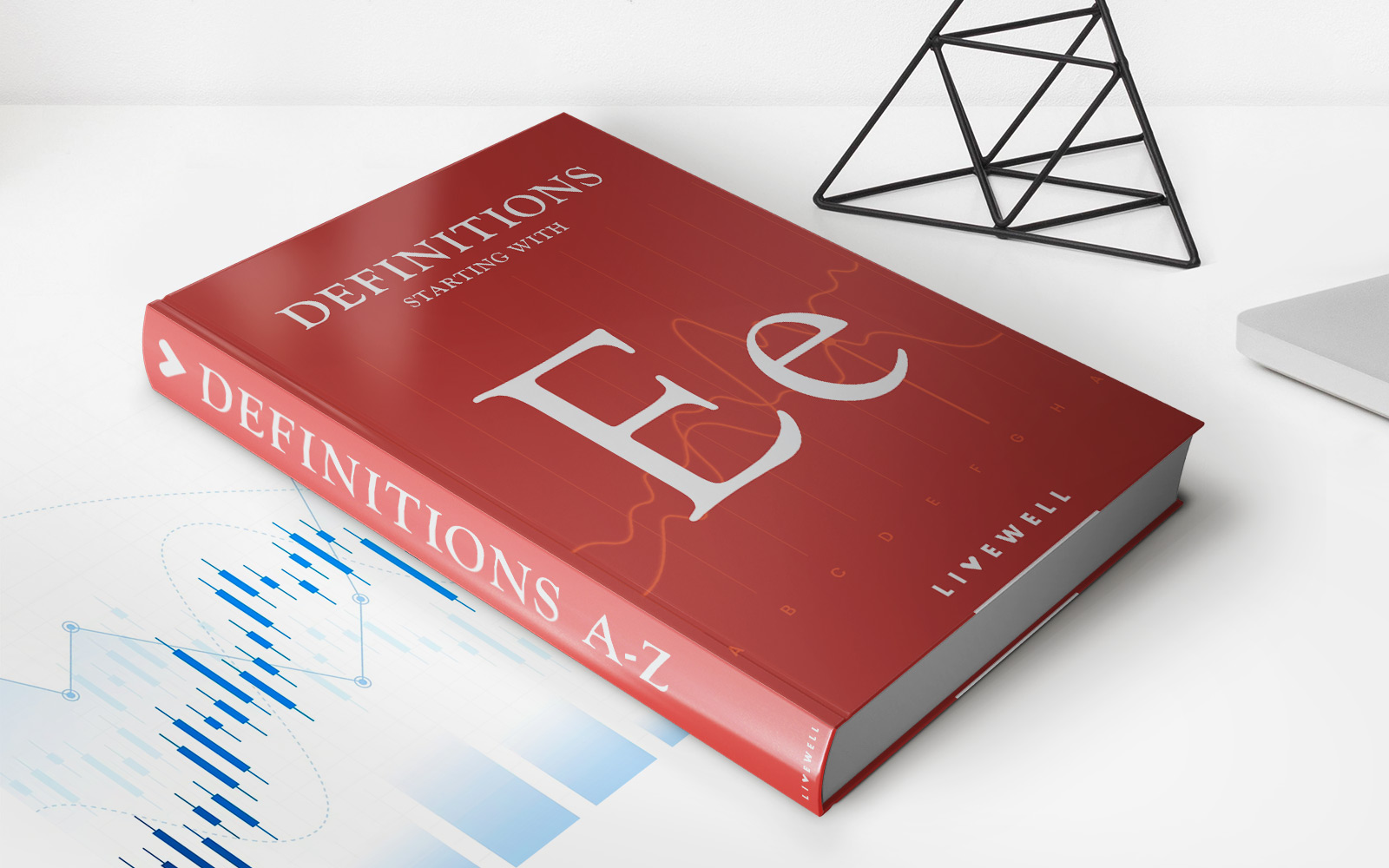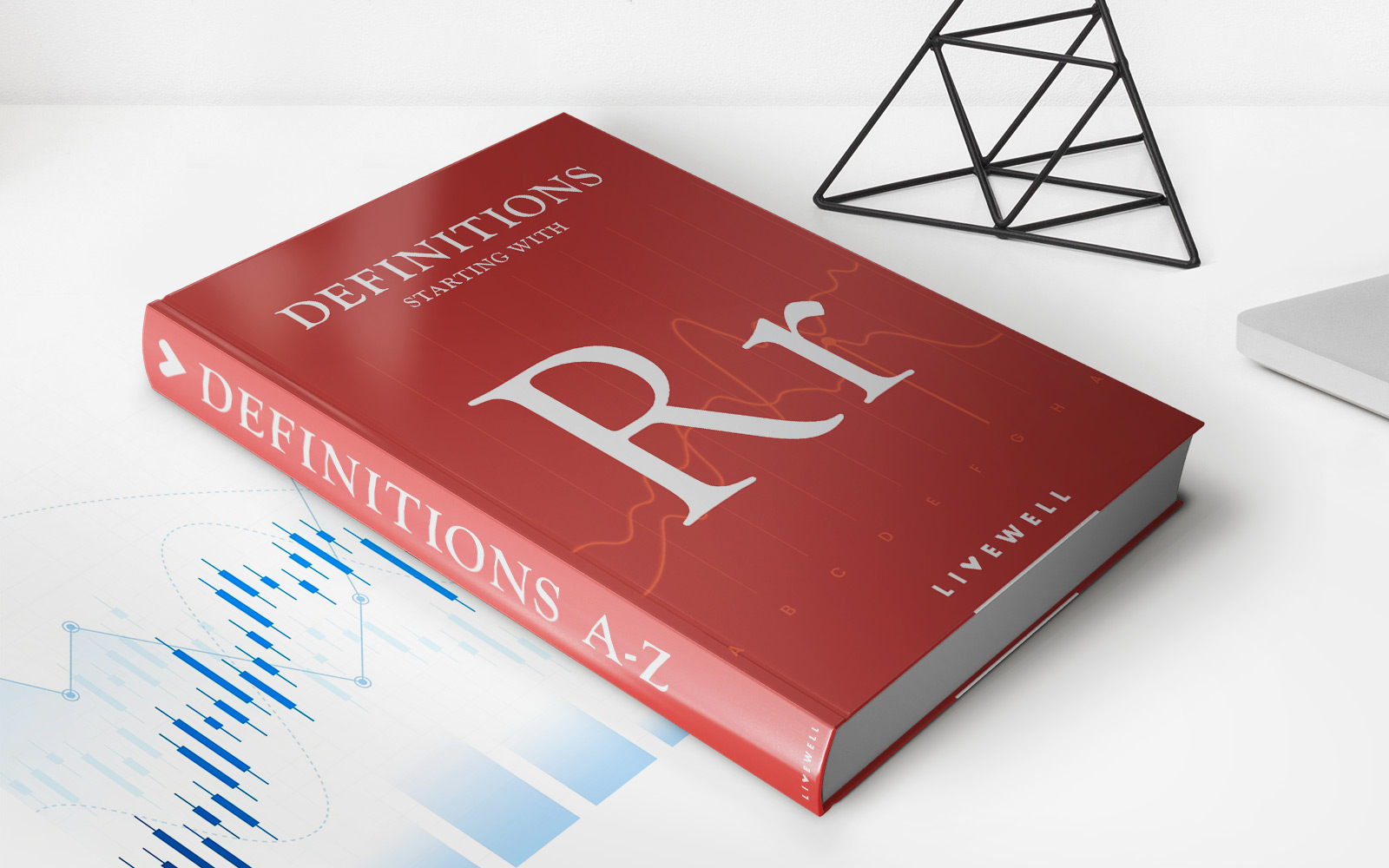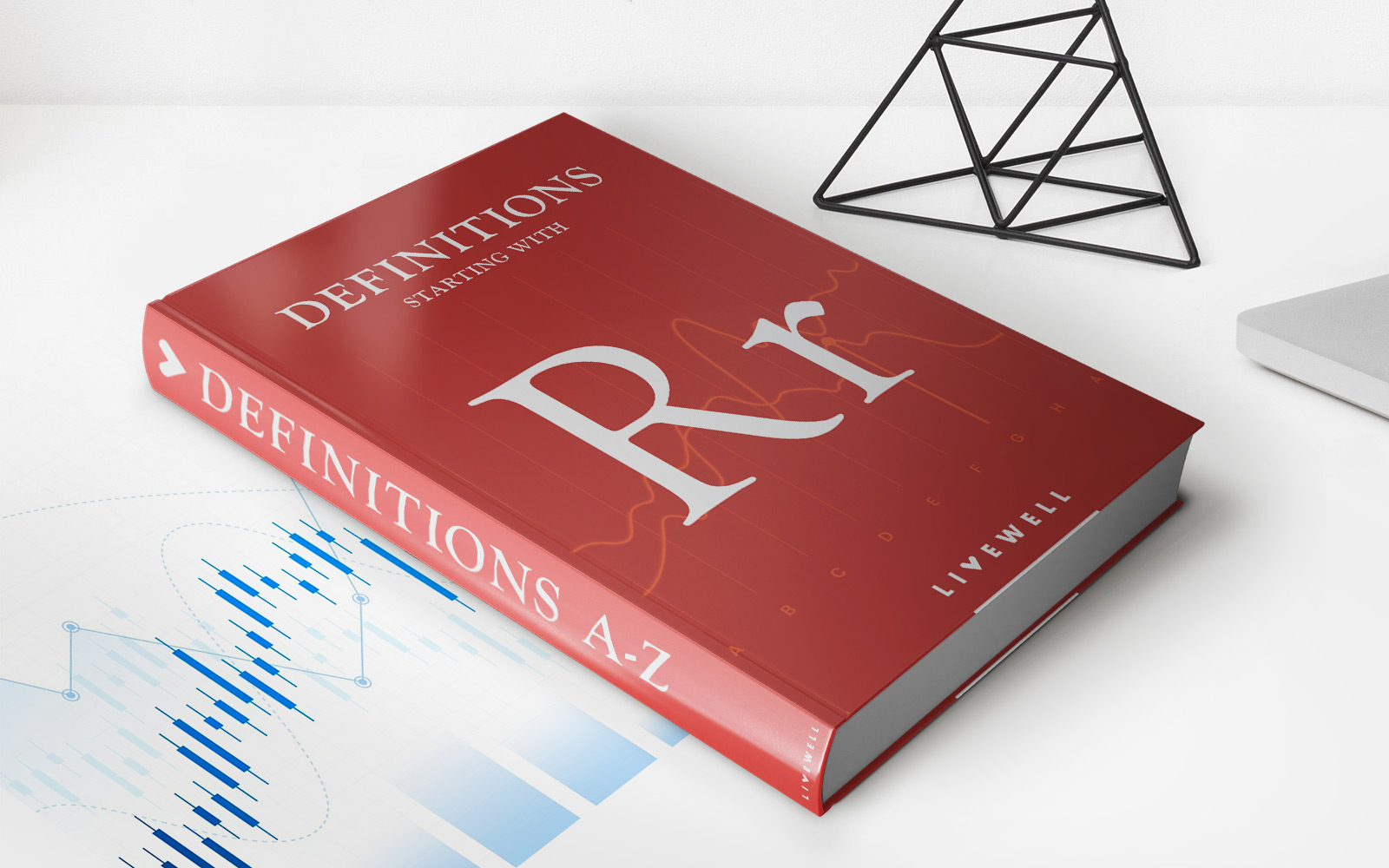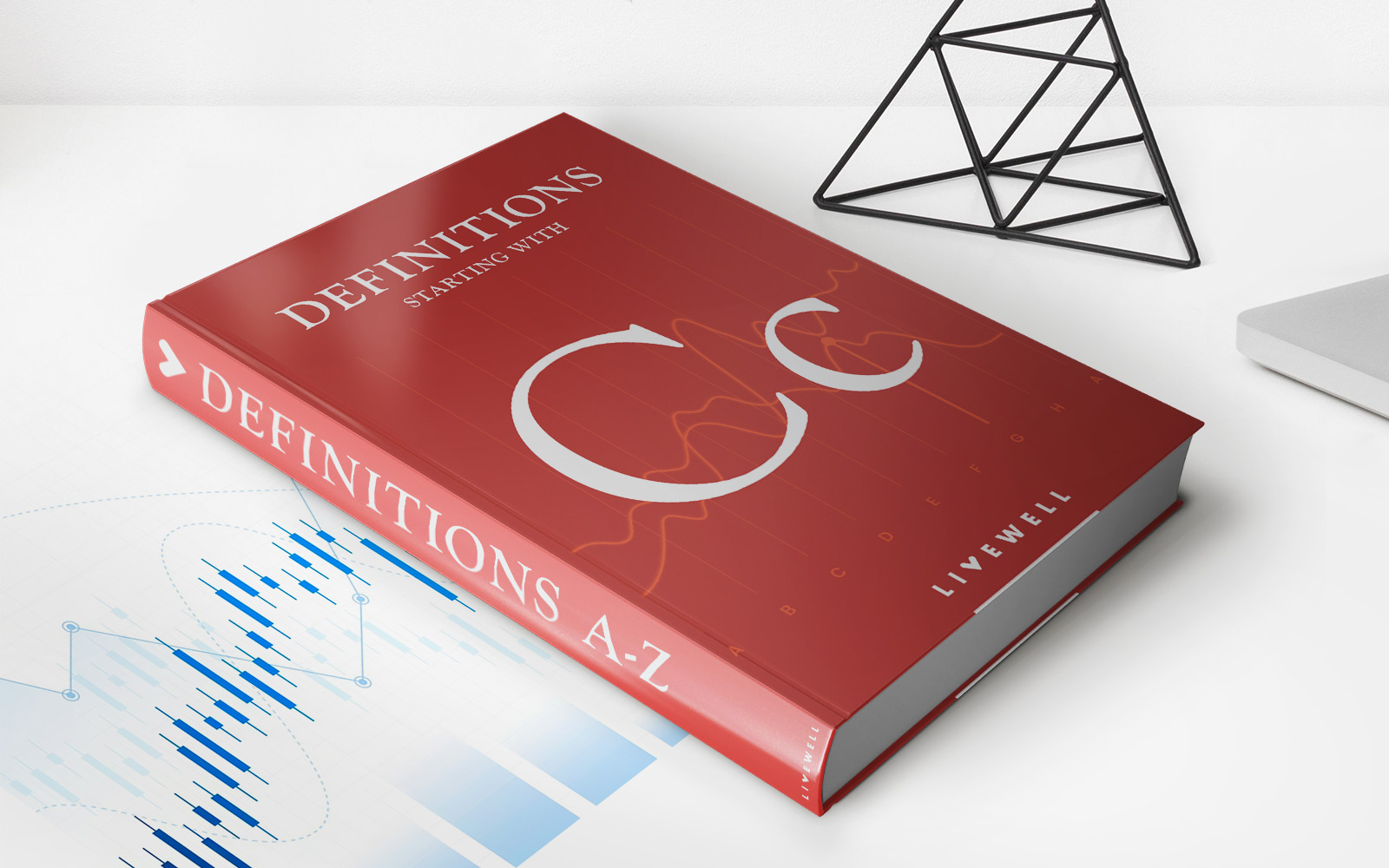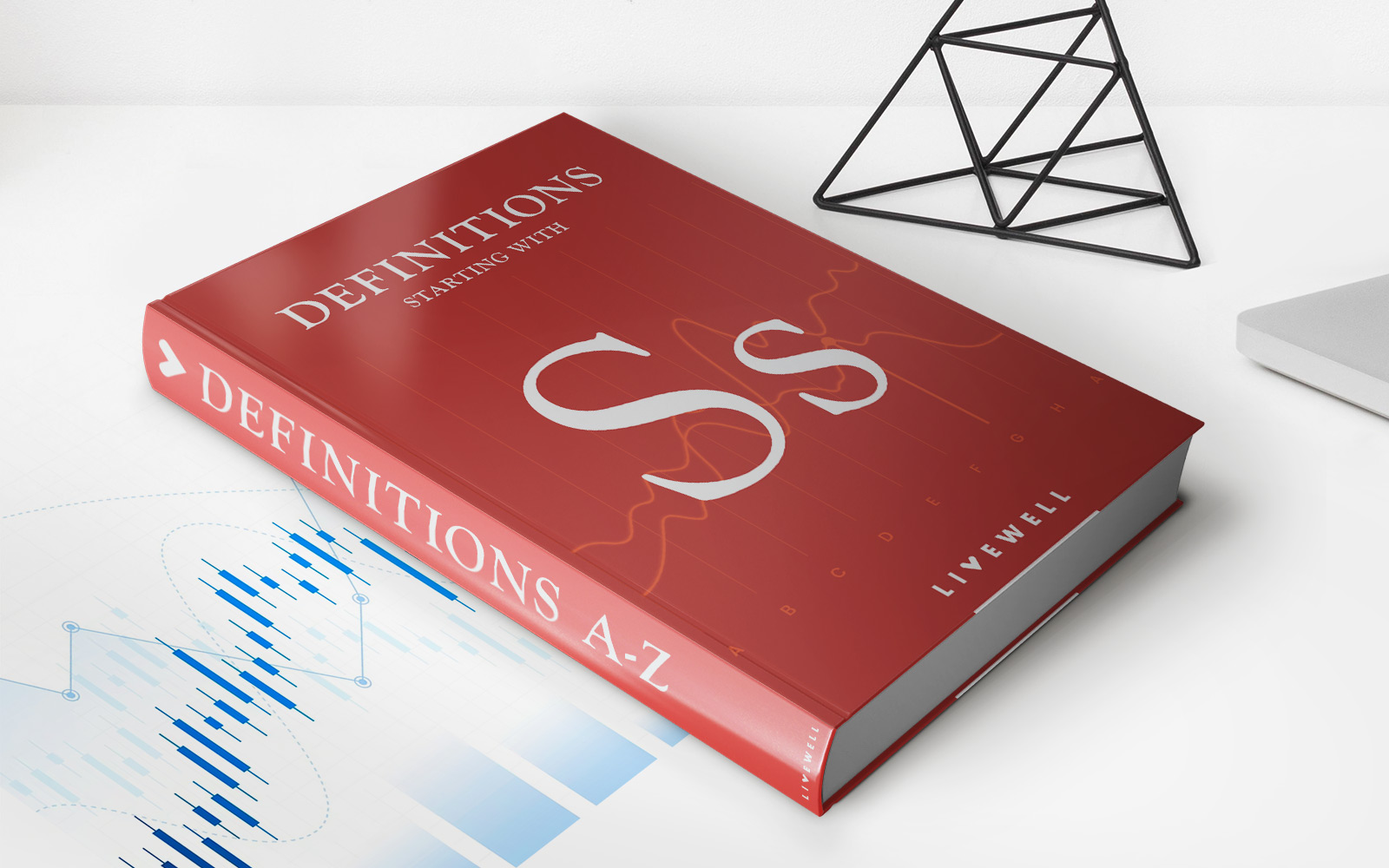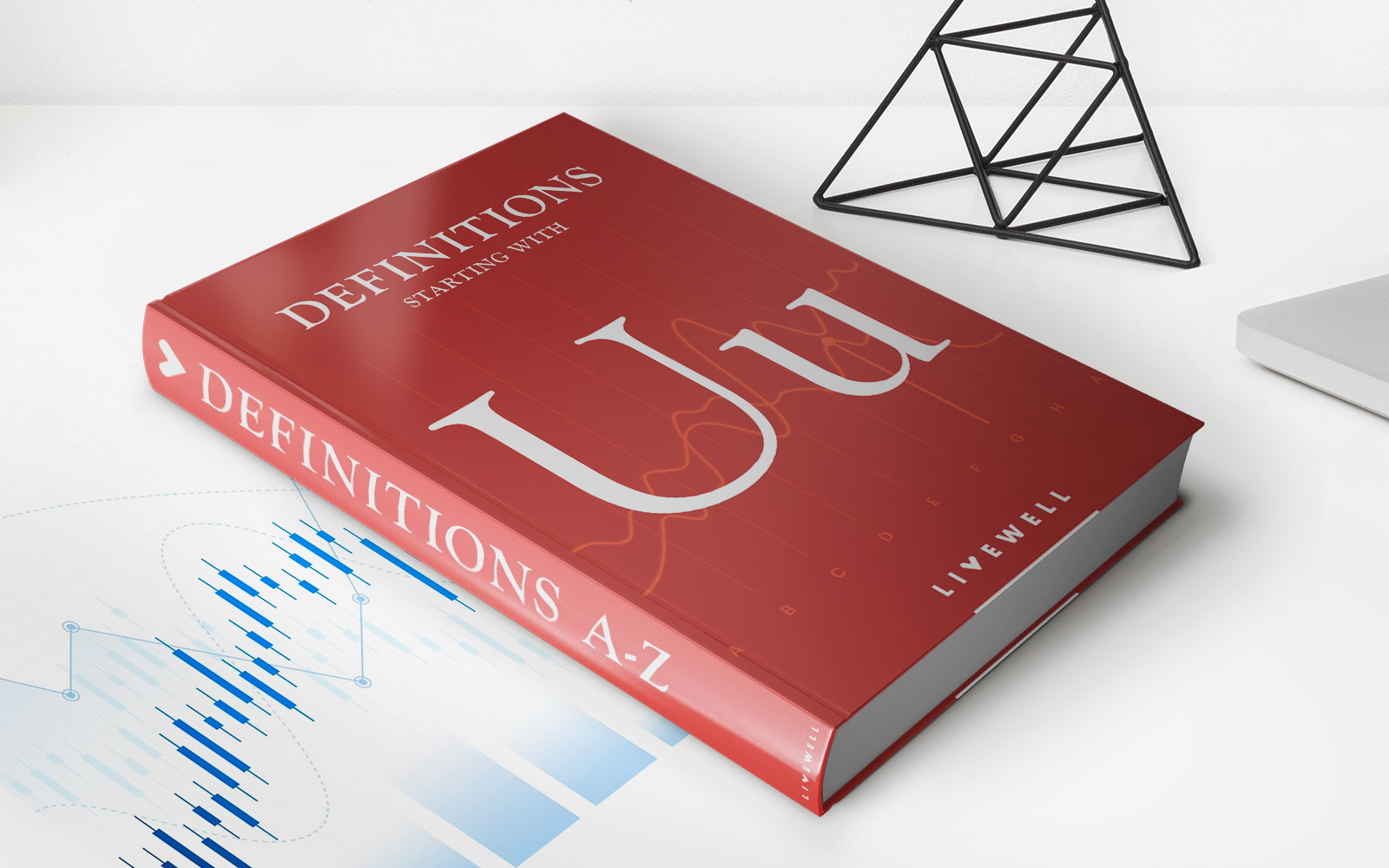Home>Finance>Reinsurance Definition, Types, And How It Works
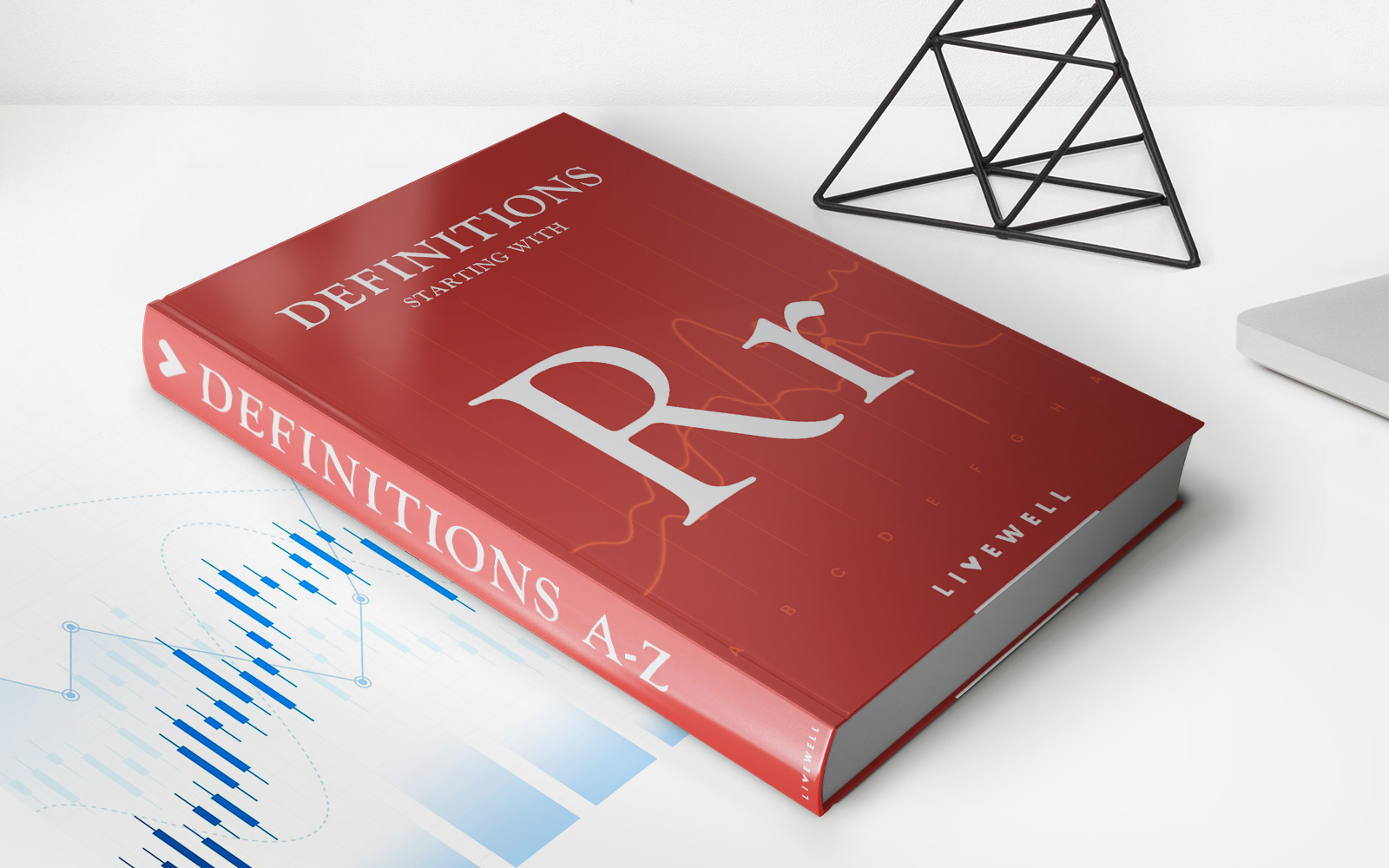

Finance
Reinsurance Definition, Types, And How It Works
Published: January 18, 2024
Learn everything you need to know about reinsurance - its definition, types, and how it works in the finance industry.
(Many of the links in this article redirect to a specific reviewed product. Your purchase of these products through affiliate links helps to generate commission for LiveWell, at no extra cost. Learn more)
The Ins and Outs of Reinsurance: Definition, Types, and How It Works
Welcome to the FINANCE category of our blog! In this article, we’re going to explore the fascinating world of reinsurance. Whether you’re new to the financial industry or an experienced professional, understanding reinsurance is vital. So, let’s dive in and uncover the basics of reinsurance, its various types, and how it works.
Key Takeaways:
- Reinsurance is a risk management tool used by insurance companies to transfer a portion of their risk to another insurer, known as the reinsurer.
- The types of reinsurance include proportional reinsurance, non-proportional reinsurance, facultative reinsurance, and treaty reinsurance.
What is Reinsurance?
Reinsurance is a crucial aspect of the insurance industry that helps insurers manage the risks associated with their policies. Essentially, it is insurance for insurers. When an insurance company underwrites policies, it takes on a certain amount of risk. To mitigate this risk and protect their financial stability, insurance companies turn to reinsurance.
Reinsurance allows insurance companies to transfer a portion of their liability to another insurance company, known as the reinsurer. In exchange for assuming this risk, the reinsurer receives a portion of the premium collected by the primary insurer. By sharing the risk, insurers can expand their capacity to underwrite more policies and provide coverage for larger losses.
Types of Reinsurance:
Reinsurance can be classified into several types based on the nature and structure of the agreement between the insurer and the reinsurer. Let’s look at the main types:
- Proportional Reinsurance: In proportional reinsurance, also known as pro-rata reinsurance, the insurer and reinsurer share both the risk and premium from the policy on a predetermined basis. This type of reinsurance is often used for spreading risk across multiple parties and is commonly seen in property and casualty insurance.
- Non-Proportional Reinsurance: Unlike proportional reinsurance, non-proportional reinsurance doesn’t involve the sharing of risk and premium. Instead, the reinsurer assumes liability for losses exceeding a certain threshold, known as the retention limit. This type of reinsurance is typically used for catastrophic events or high-risk policies.
- Facultative Reinsurance: Facultative reinsurance is a transaction-by-transaction agreement that allows the insurer to transfer a specific policy or risk to the reinsurer. This type of reinsurance is commonly used for individual, high-value policies or those outside the scope of treaty reinsurance.
- Treaty Reinsurance: Treaty reinsurance is a long-term contract that provides coverage for multiple policies over a specified period. It allows the insurer to transfer a set percentage of risk from a particular class or portfolio of policies to the reinsurer. Treaty reinsurance provides stability and certainty for insurers.
How Does Reinsurance Work?
The reinsurance process involves various steps and negotiations between the insurer and the reinsurer. Here’s a simplified overview:
- The insurer determines the level of risk they want to retain and the level they want to transfer to a reinsurer.
- The insurer approaches potential reinsurers and negotiates the terms of the reinsurance agreement, including the extent of risk transfer and the premium-sharing arrangement.
- Upon agreement, the insurer cedes a portion of the risk (and premium) to the reinsurer, as specified in the reinsurance contract.
- In the event of a claim, the reinsurer pays the insurer a share of the claim amount, proportionate to the risk transferred.
- The insurer, with the support of reinsurance, maintains financial stability by reducing their exposure to large losses.
Reinsurance is crucial not only for managing risk but also for ensuring the stability and solvency of the insurance industry as a whole. It provides insurers with the confidence to underwrite policies that may involve substantial risk, ultimately benefiting policyholders and promoting a thriving insurance market.
In Conclusion
Reinsurance plays a vital role in the insurance industry, enabling insurers to manage risk, expand their capacity, and protect their financial stability. With various types of reinsurance available, insurers can tailor their risk transfer strategies to meet their specific needs. Understanding the ins and outs of reinsurance is essential for anyone working in the financial sector, and we hope this article has shed some light on this complex yet fascinating topic.
